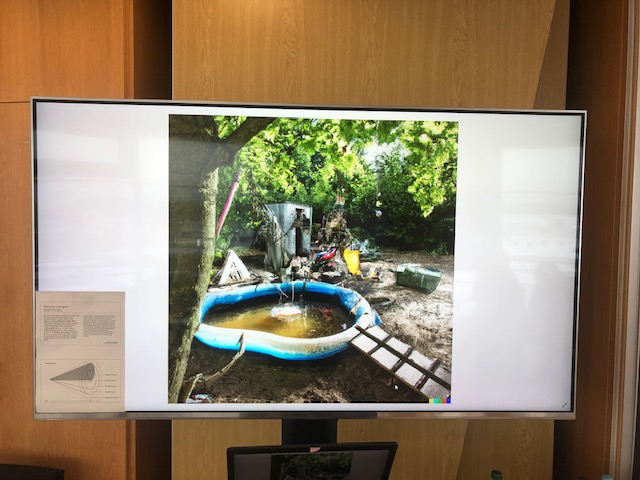
We typed; “fish, bacteria, chicken in the woods, kids, parents, young people, birds, plants, re-used materials and objects, really realisticly dirty, diversity, live-art, performances, theatre, like in GDR-times, natural agriculture methods as Nettle liquid manure, mushrooms cleaning tools like vinegar, outside space with trees, limited technical/digital tools” in a so called artificial “intelligent”image generator who translated our words in to literal object-based images. Therefore, the source material the AI worked with, as well as the technology itself, was insufficient to imagine an actual future vision based on the ideas of climate justice.
Our future image of art education smells like cleaning tools such as vinegar, natural agriculture methods as nettle liquid manure, in general more like fermentation processes for energy or food production and in winter like wood-heating. You are surrounded by temporary, flexible and re-used materials and objects, as well as technical/digital tools, that you just have limited and shared access to. Everything is based on live-arts and performative aspects, for example readings instead of books. Learning is less linear organized, is intergenerational and free for all and not linked to central Institutions. Soft skills like critical thinking, listening, questioning are central in the learning practices.
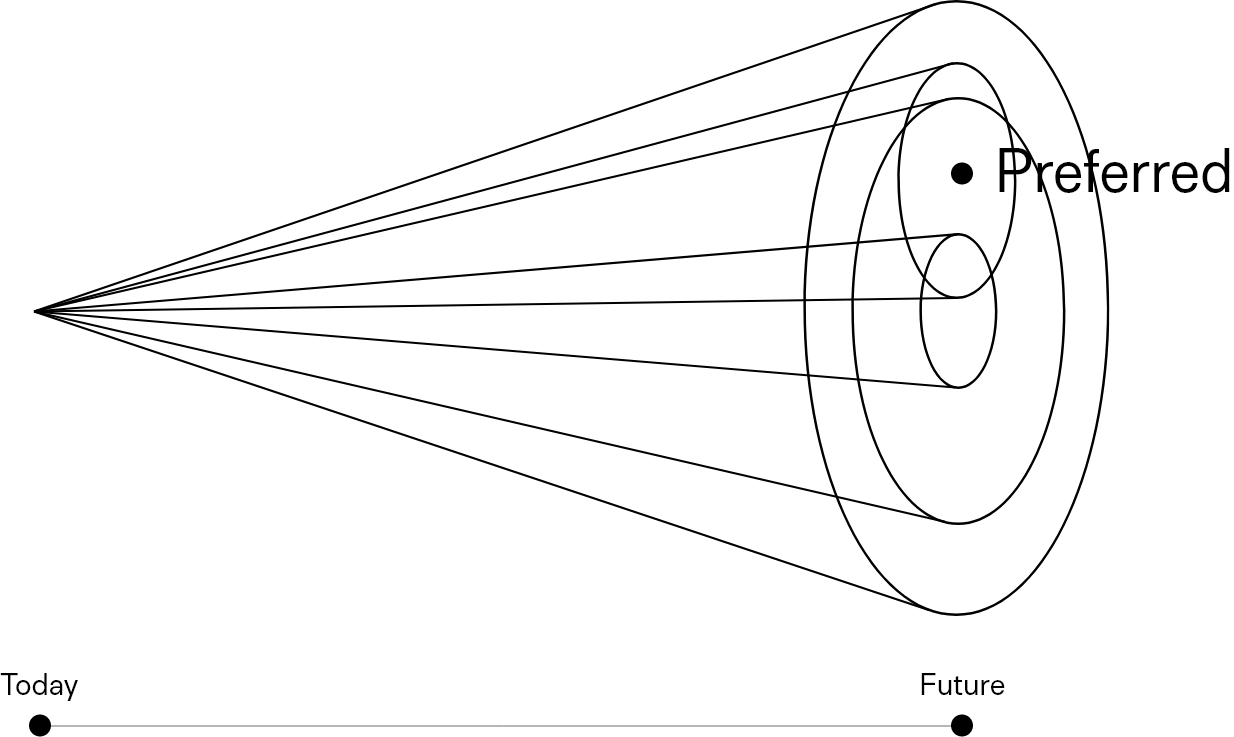
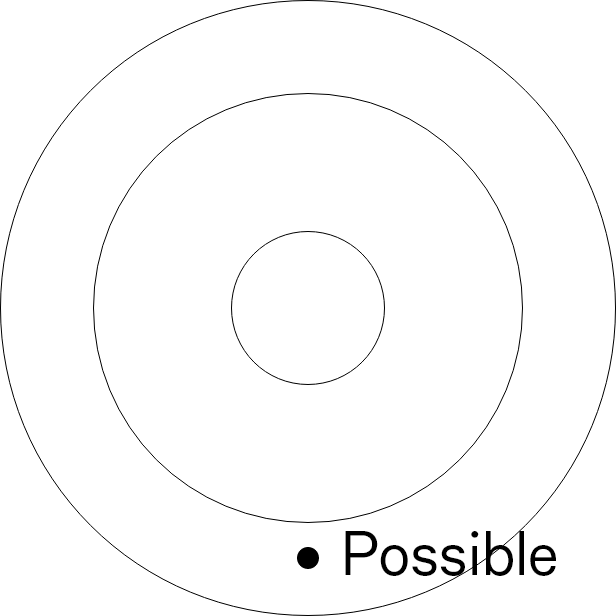
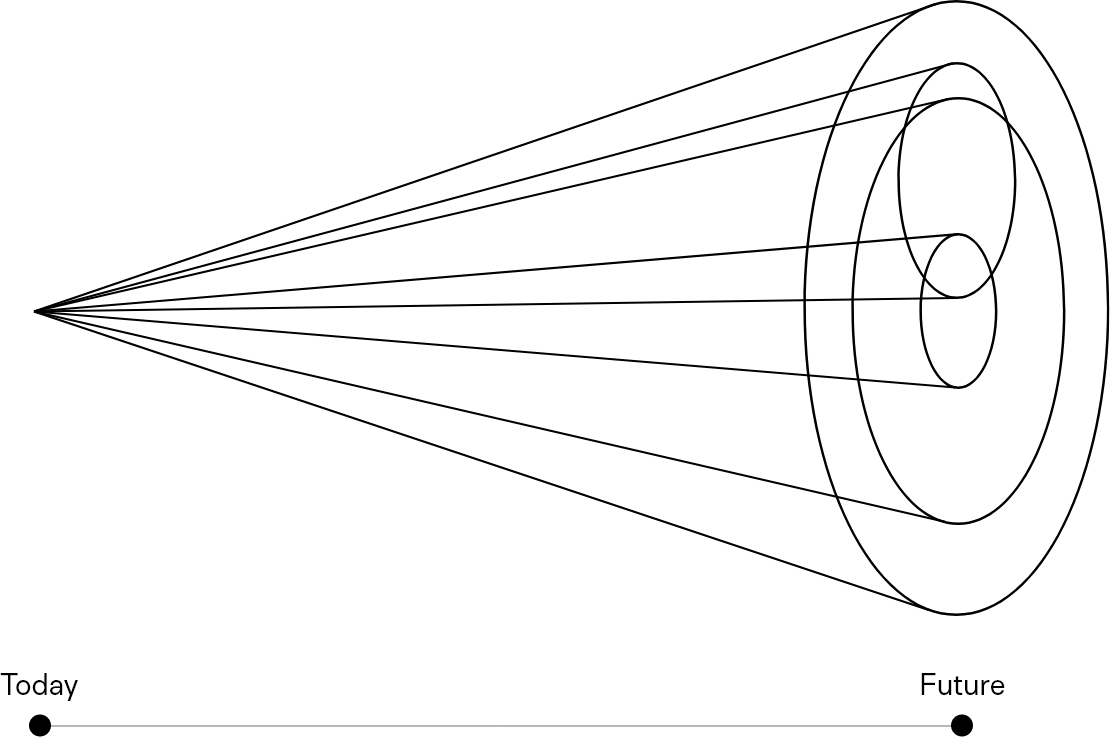
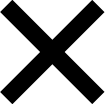
The Cone helps categorise future scenarios into four distinct buckets:
And lastly, preferred futures, the Holy Grail of speculative design. Preferred is where you place the scenarios you want to happen.
This is where most design practitioners operate. It describes what is likely to happen unless there is an extreme disturbance or turmoil.
Plausible refers to what could happen. It’s where scenario planning and speculation live.
At the edge of the cone is what might happen, even if it’s difficult to imagine.
Discussion
No feedback has been added yet
Share a Thought